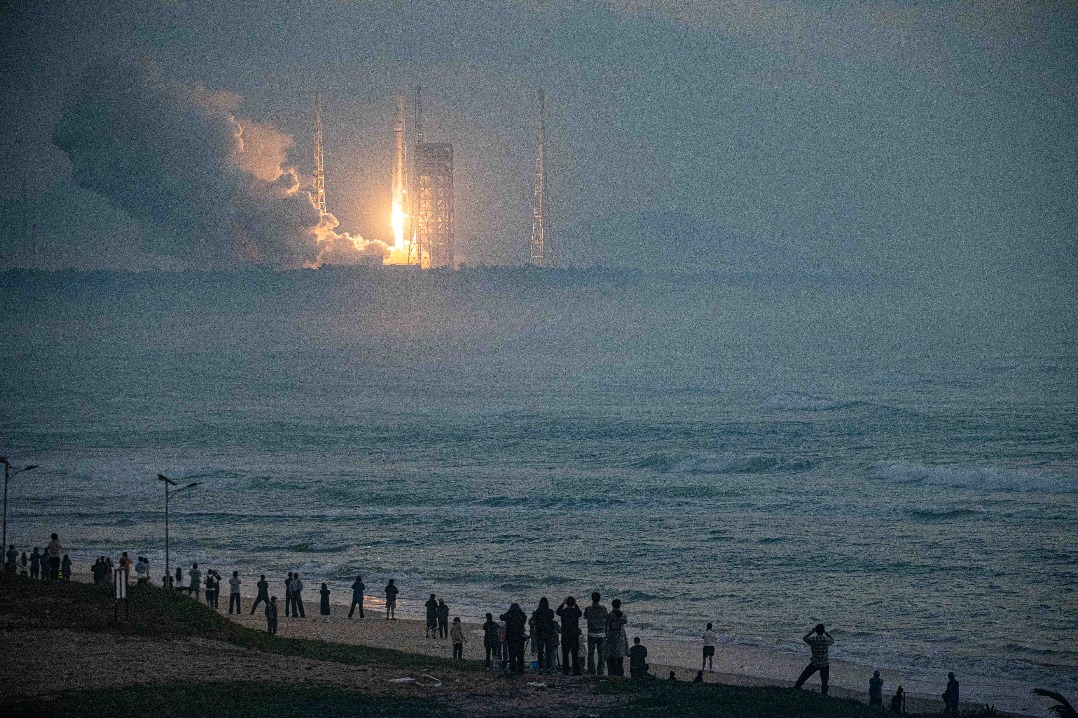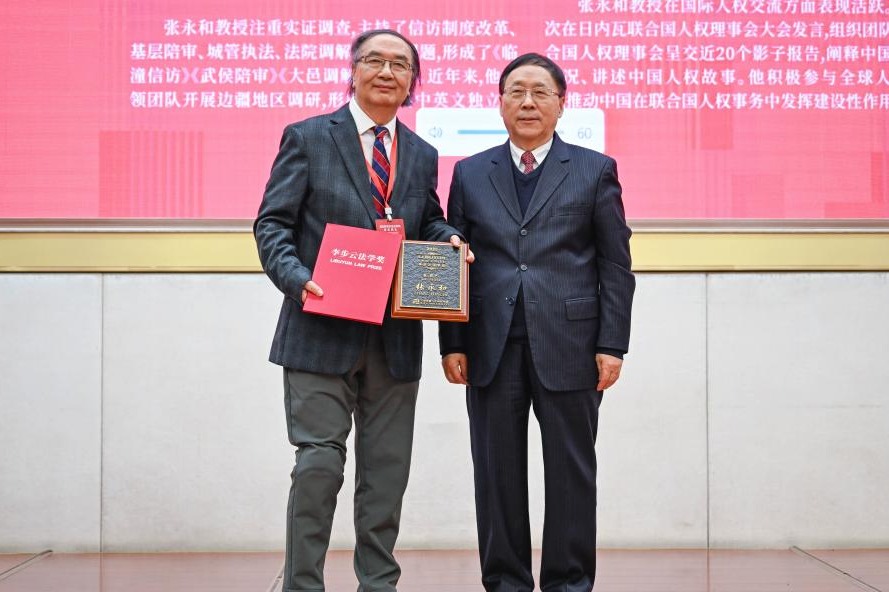Farsighted policies prepare nation for future challenges

The main issues being considered by this year's two sessions are those that are most urgent for China's development.
High on the agenda is promotion of high-quality, stable growth, Premier Li Keqiang said in his annual Government Work Report.
Li also said China will continue to carry out the three critical battles-forestalling and defusing major risks, targeting poverty alleviation and controlling pollution. These are tasks that touch on areas such as house prices, educational reform, medical care and industrial modernization.
Much progress has been made in those areas and plans are to continue that reform work, which should pay dividends in the future.
Yet, there are other challenges that many countries will face that also require a farsighted approach. Among them are a graying population and the future of labor in the age of artificial intelligence.
These are incredibly complex issues that are resistant to quick fixes. They involve long-term, global trends with a great degree of uncertainty mixed in. They also are likely to play off each other in unforeseen ways.
It is clear that these challenges, which are likely to have their greatest effect in the future, already are on the radar of the Chinese leadership. As concern grew in the past few years about a low birthrate, the country implemented a universal second-child policy in January 2016.
Last year, more than 8.82 million babies were born to families that had one child, up by 1.67 million from 2016.
Still, the National Bureau of Statistics reported that the 17.23 million births recorded in 2017 were down by 630,000 compared with 2016. That followed an initial rise in the overall birthrate in 2016, the first year of the second-child policy.
With the average life span of Chinese growing longer as healthcare and quality of life improve, the concern is that over the long term, there could be a shortage of working-age people to support them and to keep the economy humming. In China, incentives are under discussion, from expanding the availability of maternal care to financial incentives.
What makes the problem stubborn is that incentives haven't moved the needle much in other Asian nations such as Japan and Singapore where the problem is even more acute. It is resistant to quick fixes because of socioeconomic factors such as a drop in women of childbearing age and family economic concerns that are a disincentive to having children.
It is unclear how this issue might interact with another issue that is being debated in advanced economies. With Japan facing a picture of ever-tightening manpower shortages, The Japan Times said, "The private sector, for its part, is urged to respond by beefing up investments in manpower-saving technologies, including those featuring artificial intelligence."
China Daily reported late last year on Beijing's intensified efforts to push AI on the heels of the nation's ambitious plan to build a 1 trillion yuan ($158 billion) AI core industry by 2030, which is expected to stimulate as much as 10 trillion yuan in related business.
Certainly in the shorter term, technology can ease a shortage of workers. In 2015, Changying Precision Technology Co in Dongguan opened an unmanned factory in which the labor-making cellphone modules-was provided by computer-controlled robots. It would have taken 650 workers to do what the robots were doing.
Such technology can also generate jobs for those that design and service robots, but fear has been expressed in North America and Europe that smart robots will replace so many human jobs so quickly that resulting unemployment could be a threat. As the Brookings Institution noted last year, such well-known public figures as Tesla's Elon Musk have argued for dramatic new policy responses such as universal basic income.
While some say such concerns are overblown, there is no doubt that changes in the workplace are accelerating, and the relationships between labor, well-being and self-worth are being reexamined.
There are several hopeful signs of how China is trying to ready its population for a changing future, including the emphasis on high-quality growth and poverty alleviation. One is the release of a guideline by central government authorities late last year to encourage a favorable environment for entrepreneurship. Also, in the past several years, the government has moved to bolster vocational education.
While it's certain that the future will present new challenges, China's efforts to get ahead of the curve will undoubtedly serve it well.
- CITIC Group deputy general manager sentenced to life
- Qingdao Port integrates clean energy with China's first hydrogen-electric tugboat
- Investigation team takes action over false projects and winning bids in Hubei
- New substation boosts green power supply to Xiong'an
- Wuhan court adopts 'forget it' plush toy to help settle disputes
- Beijing mobilizes for winter's first major snowfall




































